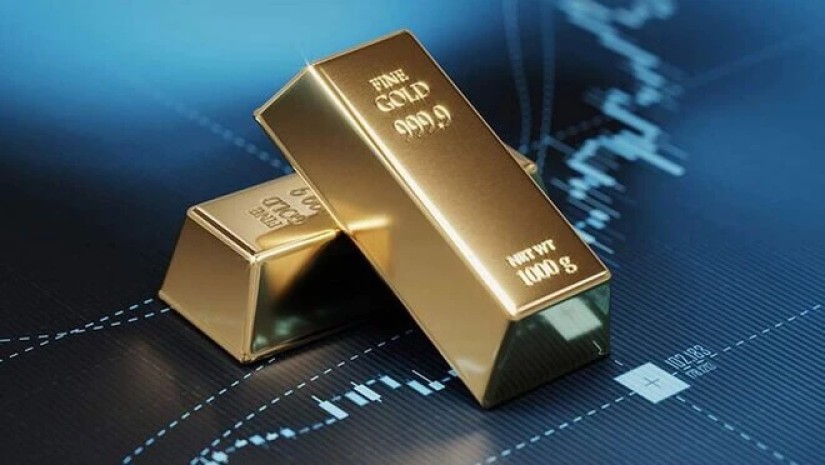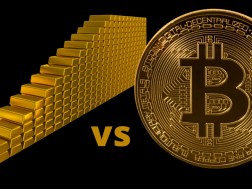On the back of the US dollar, it says “in god we trust” smart capital and investors however increasingly re-call J.P morgan’s timeless adage” gold is real money anything else is credit”.
Gold has rallied more than 11% this year, making it one of the best-performing major commodities, as investors anticipated a shift from the Fed. Additional support for prices came from sustained central bank buying as official holders diversified their reserves.
According to a recent survey by the World Gold Council, 24% of all central banks plan to increase their gold reserves in the next twelve months as they have become more pessimistic about the US dollar as a reserve asset.
Soviet union’s Brezhnev's invasion of Afghanistan and the silver bubble led to an all-time high of gold of $850 in 1980. In the previous 4 years, gold had risen an annualized 56% due to Carter inflation and rising systemic risk in the U.S. banking system. In inflation adjusted terms, the 1980 high equates to $3,400 an ounce in 2023 dollars.
Main factors supporting gold in 2024 will be interest rate cuts by the Federal Reserve, a weaker US dollar and high levels of geopolitical tension
Analyst forecasts could always be wrong, wrong in target price forecast or the expected time line but it seems the analyst community is increasingly forecasting consensus view 2,500 target for gold.
USD 3,000 per an ounce of gold is the out of consensus but most bullish forecast for 2024.
Conventional wisdom says that gold is the anti-dollar. That is, whenever the greenback is strong, gold is weak, and vice versa. Gold prices react inversely to U.S. dollar real yields. But Gold is not about inflation on its own, and it's not about interest rates on its own. But it's about the relationship between the two.
Global investors have cut holdings in bullion-backed exchange-traded funds listed on western stock markets this year, because the price of gold in US dollars depends on the real interest rate.
Rates (real interest rate= inflation minus the risk-free rate paid by the Central Banks). This is fundamental because gold competes with the bond market (which is the biggest financial market of the world). If you have some cash, and you can earn an interest rate with it, by buying a bond, why would you hold gold? There is no reason for it. You’d rather hold the bond and earn the interest rate. But if the real interest is negative, and your bond position is losing money because inflation is higher than what your bond is paying you, then you would rather hold gold.
Suppose the inflation rate in the US is 8%, the risk-free rate of the FED is 0%, and the 10-year US Treasury bond is 3% (this bond is a loan to the US government). If you think that inflation is going to be 8% or even more in the next coming years, why would you want to buy bonds and block your money to earn only 3% for the next 10 years.
In 1981, the inflation was 10%, but the short-term interest rate was 16%. Therefore, by holding cash you would directly make 6% with certainty. Contrary to what is happening today, cash was an interesting asset at that time. It was the most liquid asset, you could invest in any opportunity which would arise before you, and it was making 6% a year above inflation.
Real interest rate is the data that drives the behavior of investors towards cash. If the real interest rates are positive, or even flat, investors would use cash as a store of value, because it is the most liquid asset, and it is legal tender. But in periods of negative interest rate, as we are in today, investors lose a lot of money by holding cash (or bonds), and they are forced away to find another store of value for the times that they cannot find any good investment opportunities.
Gold is an economic constant. It will never become worthless, nor will it decline due to inflation over time like a fiat currency. Gold carries no risk of default, nor can it go bankrupt. So, when stocks fall, gold tends to hold its ground (or go up). It's great portfolio insurance.
To see a strong bull market in gold we need negative real interest rates, and a reduction in the USA trade deficit, to trigger almost certainly a rally in the gold market. It has worked in the past 60 years. If it is to work again, we should see in the foreseeable future and in 2024 a significant rally in the price of gold.
By Rainer Michael Preiss, Partner & Portfolio Strategist at Das Family Office in Singapore.
















